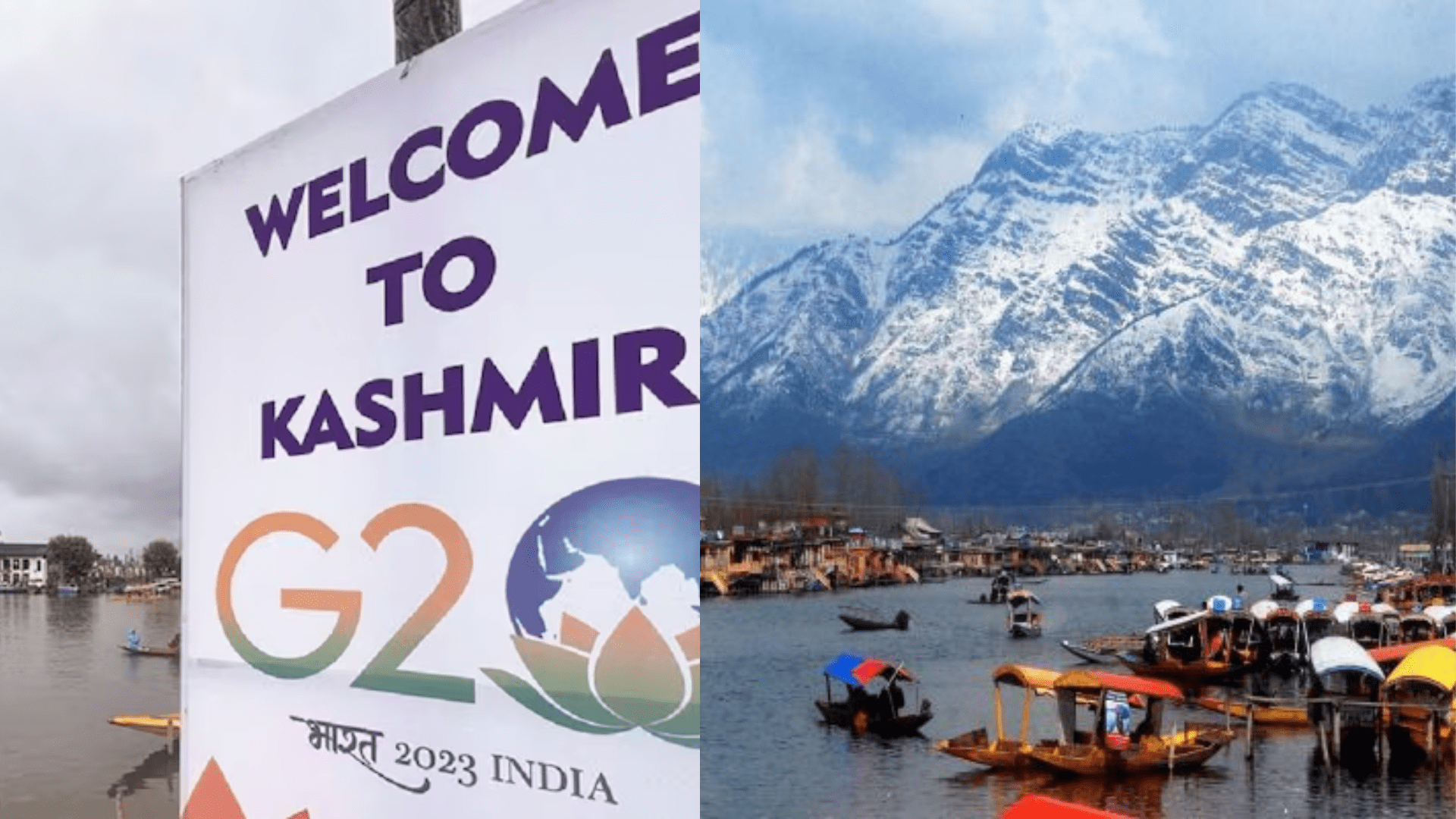Article 370 was a provision in the Constitution of India that granted special autonomous status to the region of Jammu and Kashmir. Enacted in October 1949, it allowed the state to have its constitution, and autonomy over internal matters except for defense, foreign affairs, communications, and finance, which were under the jurisdiction of the Indian government. Article 370 was a ‘temporary provision’ and a significant aspect of Jammu and Kashmir’s accession to the Indian Union at the time when princely states had the option to join either India or Pakistan post-independence. The article was abrogated on August 5, 2019, revoking the special status of Jammu and Kashmir and bifurcating the state into two Union Territories: Jammu & Kashmir, and Ladakh.
The Historical Context
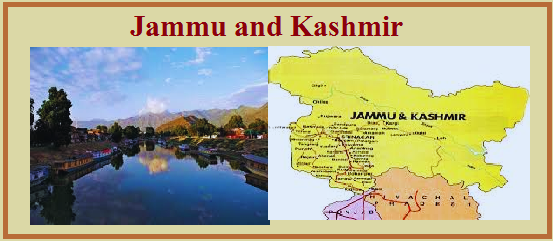
Article 370 of the Constitution of India provided special autonomy to the region of Jammu and Kashmir. It was a significant provision that allowed the state distinct privileges, including its constitution, a separate flag, and autonomy over all matters except foreign affairs, defense, finance, and communications. The article was adopted in the Indian Constitution in 1947 following the accession of Jammu and Kashmir to India. The region’s accession was a complex process involving negotiations between the leaders of Jammu and Kashmir, the Indian government, and various political stakeholders. Article 370 was intended as a temporary provision to accommodate the unique circumstances of Jammu and Kashmir. However, it became a permanent feature of the Indian Constitution, shaping the region’s political landscape for decades. In August 2019, the Government of India abrogated Article 370, revoking the special status of Jammu and Kashmir and reorganizing the state into two Union Territories: Jammu and Kashmir, and Ladakh, which marked a historic shift in the region’s status.
Pre-Independence India
Pre-Independence India’s history is marked by a rich tapestry of events leading to its eventual independence in 1947. The region’s history began with early sedentariness around 7000 BCE, evolving into the Indus Valley Civilization by 4500 BCE. The history of India saw various dynasties and empires until the British East India Company established its dominance in the 18th century, transitioning India into a British colony. The struggle for independence intensified in the early 20th century, notably with the formation of the Indian National Congress in 1885, which played a crucial role in the independence movement. India’s history is not just about its transition from British rule to independence but also includes the partition that led to the creation of the Republic of India and Pakistan. The fight for independence was characterized by both peaceful protests and revolutionary movements, culminating in India gaining independence on August 15, 1947.
Post-Independence Era
The Post-Independence Era across various nations has been a period of significant transformation and development. In India, post-1947 marked the beginning of major dam constructions in the Krishna River Basin, reflecting the country’s focus on infrastructure development. The era from 1947 to 1960 was crucial for India as it embarked on building a new identity free from colonial rule, with efforts directed towards economic and social reforms. Similarly, the American Revolution’s aftermath saw the creation of state constitutions and significant changes in governance and societal structures. Post-independence periods in Asia and Africa between 1945 and 1960 were marked by the decolonization process, leading to the emergence of new states gaining autonomy or independence from European colonial powers. Each nation’s post-independence journey has been unique, characterized by efforts to redefine national identity, governance structures, and development priorities.
The Signing of the Instrument of Accession
The Instrument of Accession (IoA) is a key legal document in the history of India, particularly concerning the princely state of Jammu and Kashmir. Maharaja Hari Singh, the ruler of Jammu and Kashmir, signed the IoA with India on October 26, 1947. This act was pivotal as it marked the accession of Jammu and Kashmir to the Dominion of India, amid the intense political scenario of the time. The IoA allowed India to intervene militarily and helped in repelling the invading forces, thereby integrating Jammu and Kashmir into India. The Governor-General’s adaptation of the Government of India Act, of 1935, facilitated this process by allowing Indian states to accede to the Dominion of India through an Instrument of Accession.
Key Provisions of Article 370
Article 370 was a provision in the Indian Constitution that granted special autonomous status to Jammu and Kashmir. Key aspects included:
- Special Autonomy: It allowed Jammu and Kashmir to have its own Constitution, thereby giving it a unique status within the Indian Union.
- Limited Powers to the Indian Parliament: The Indian Parliament’s legislative powers over Jammu and Kashmir were limited to defense, foreign affairs, finance, and communications.
- Separate Constitution and Flag: The region had its constitution and flag, distinguishing it from the other states of India.
- Property Rights: It restricted property ownership in Jammu and Kashmir to the state’s residents, preventing outsiders from buying property there.
These provisions were designed to acknowledge the special circumstances under which Jammu and Kashmir acceded to India in 1947.
Special Autonomy
Special autonomy refers to the unique status or privileges granted to a region, allowing it to have a certain degree of independence or self-governance distinct from the central or federal government’s authority. In the context of Jammu and Kashmir, special autonomy was provided under Article 370 of the Indian Constitution. This provision allowed Jammu and Kashmir to have its constitution, a separate flag, and autonomy over the administration of the state except for defense, communications, foreign affairs, and finance. Article 370 was described as a “temporary provision” and was the basis for Jammu and Kashmir’s accession to the Indian Union in 1947. The special status allowed the state certain privileges, including restrictions on property ownership and employment to the native residents. However, in August 2019, the Government of India revoked this special status, leading to significant political and social changes in the region.
Limitations and Exceptions
Article 370 of the Constitution of India had six special provisions for Jammu and Kashmir, which included limitations and exceptions to the state’s integration with the rest of India. These provisions exempted Jammu and Kashmir from the full applicability of the Constitution of India, allowing it to have its own constitution, laws, and administrative regulations. Specifically, Article 370 allowed the state significant autonomy except in areas like defense, foreign affairs, finance, and communications, which were under the jurisdiction of the Indian government. However, any central law could only be applied to Jammu and Kashmir with the consent of the state’s government. This arrangement created a unique status for Jammu and Kashmir within the Indian Union, providing it with a degree of autonomy unparalleled by any other Indian state. The abrogation of Article 370 in August 2019 removed these special provisions, integrating Jammu and Kashmir more closely with India and eliminating its autonomous status.
Impact on Jammu & Kashmir
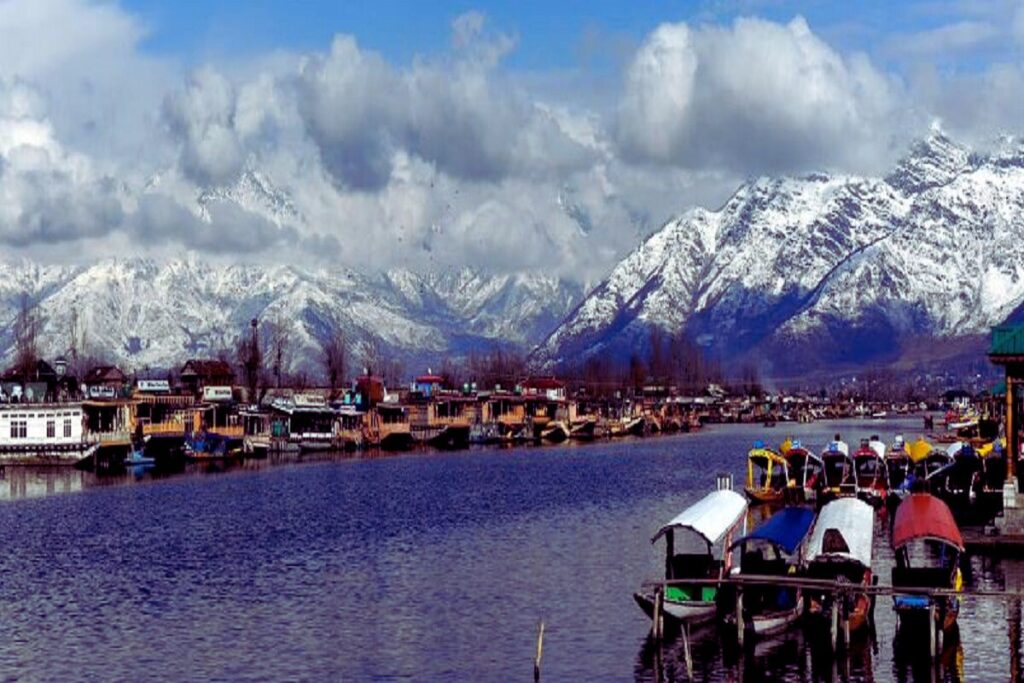
The Supreme Court’s decision on December 11, 2023, to uphold the abrogation of Article 370 has significant implications for Jammu and Kashmir. The 2019 action by the Indian government, which was a fulfillment of a BJP campaign promise, ended the special status granted to the region, impacting its autonomy and legislative powers. This led to the division of the area into two federally administered territories: Ladakh and Jammu-Kashmir, both directly governed by the central government.
While this move was seen by some as a step towards greater integration of the region with the rest of India, it has also been a source of controversy and debate. Critics argue that the decision has exacerbated tensions in the region, affecting its socio-political landscape and potentially increasing instability. Furthermore, the abrogation of Article 370 has raised questions about the protection of human rights in Jammu and Kashmir, with calls for the future direction to be guided by respect for these rights.
Political
The revocation of Article 370 in 2019 by the Government of India, which removed the special status or autonomy granted to Jammu and Kashmir, has had profound political implications. This action led to the state’s bifurcation into two separate Union Territories: Jammu & Kashmir, and Ladakh, thereby depriving it of statehood within India. The Supreme Court of India upheld this decision, confirming the end of the special status and supporting the central government’s move.
The Supreme Court’s ruling emphasized that Jammu and Kashmir should be treated equally to any other Indian state, without any separate privileges or autonomy. This landmark judgment effectively integrates Jammu and Kashmir more closely with the rest of India, altering its political landscape by centralizing governance and potentially changing the dynamics of local governance, representation, and administration.
Social and Economic
The abrogation of Article 370 has led to significant socio-economic changes in Jammu & Kashmir (J&K) and Ladakh. Reports indicate that this move has paved the way for socio-economic development, with an emphasis on the empowerment of people and the removal of barriers to progress. Economically, there has been a gradual improvement; the GDP of J&K has started to pick up in the last two years, and per capita income has increased, although the economy faced challenges initially.
The decision to revoke Article 370 was aimed at integrating J&K more closely with the rest of India, hoping to foster greater economic development and reduce the strife that has historically affected the region. The government has highlighted that the removal of Article 370 brought about socio-economic advancements in both J&K and Ladakh, suggesting a positive impact on the region’s development trajectory.
The Abrogation of Article 370
The Abrogation of Article 370 by the Indian government in August 2019 marked a significant change in the constitutional status of Jammu and Kashmir (J&K). Article 370 provided J&K with a special autonomy, allowing it to have its constitution, a separate flag, and independence over all matters except foreign affairs, defense, and communications. The Supreme Court of India, on 11 December 2023, upheld the Union’s decision to abrogate Article 370, affirming the government’s power to make laws for J&K and change its special status. This decision has led to the empowerment of people, the removal of unjust laws, and the promotion of equity and fairness for previously discriminated communities in the region.
Legal and Constitutional Process
The abrogation of Article 370 by the Indian Supreme Court was held to be constitutionally valid based on procedural technicalities. The Court’s decision implies that the Indian Parliament has the authority to make laws for Jammu and Kashmir, effectively removing its special status. The Supreme Court’s verdict was based on the interpretation that Parliament could unilaterally change the status of a state to a Union Territory if the state is under President’s rule, as was the case with Jammu and Kashmir. This landmark judgment has significant implications on the political landscape and the autonomy previously enjoyed by Jammu and Kashmir, marking a pivotal change in its constitutional relationship with the rest of India.
Reactions and Consequences
The abrogation of Article 370 by India on August 5, 2019, led to various reactions and consequences, both domestically and internationally. Concerns were raised about the potential for increased conflict between India and Pakistan, both nuclear-armed states, given the contentious nature of the Kashmir issue. Internationally, the major powers focused on the human rights situation in Jammu and Kashmir, emphasizing the need for the rights of the people, including free and fair elections, to be upheld. The revocation marked the end of the constitutional autonomy of Jammu and Kashmir, changing the region’s status overnight and leading to a crackdown on civil society and media, as reported over the subsequent years. The decision was part of a campaign promise by the ruling BJP to revoke the special status granted to the region, reflecting a significant political shift.
The Current Scenario
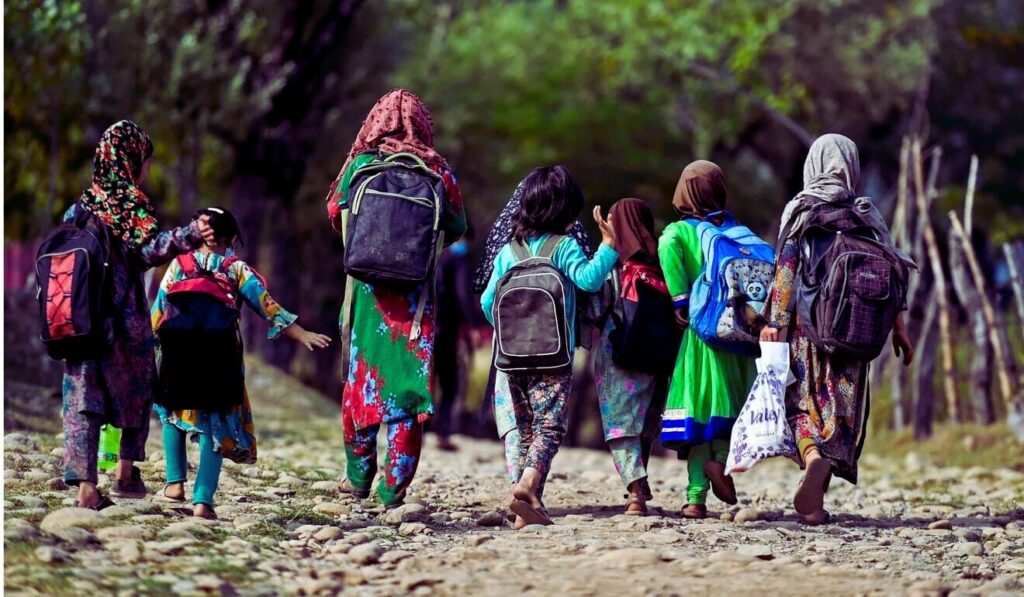
As of December 2023, India’s Supreme Court has upheld the government’s 2019 decision to revoke Article 370, which provided special status to the state of Jammu and Kashmir. This landmark ruling confirms the legality of the central government’s action to end the region’s special autonomy. The decision solidifies the revocation of the special status granted under Article 370 of the Indian Constitution to Jammu and Kashmir, a move that has been a subject of considerable debate and has significant implications for the region’s autonomy and the rights of its people.
Changes in the Region
Since the abrogation of Article 370 in August 2019, the region of Jammu & Kashmir has witnessed significant changes:
- Legal and Administrative Reorganization: The special status of Jammu & Kashmir under Article 370 was revoked, bringing the region under direct control of the central government of India.
- Restoration of Peace and Stability: There have been efforts towards the restoration of peace and stability in the region over the four years following the abrogation.
- Economic Development Initiatives: Jammu & Kashmir has received investment proposals worth Rs 84,544 crore in the three years following the abrogation, indicating a focus on economic development.
Future Outlook
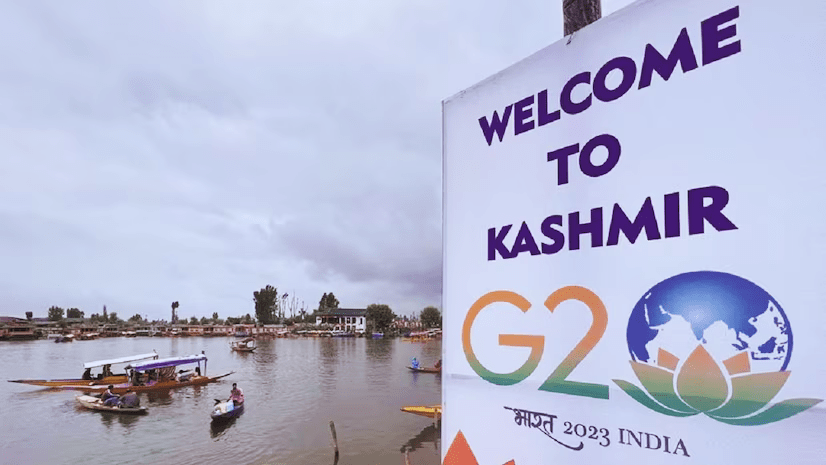
The future outlook for Jammu & Kashmir following the abrogation of Article 370 is multifaceted:
- Human Rights Considerations: The protection of human rights in Jammu & Kashmir is emphasized as a guiding principle for future developments.
- Demographic and Political Changes: There is a potential for significant demographic changes and implications for the local population, emphasizing the need for careful consideration of these impacts.
- Statehood Restoration: The Supreme Court’s ruling indicates a move towards restoring Jammu and Kashmir to the same statehood as other Indian states, eliminating its special status.
- Positive Development Outlook: Officials have expressed optimism about a brighter future for Jammu & Kashmir and Ladakh, highlighting the expected positive impacts of the abrogation on the region’s development.
Read also: What is the Uniform Civil Code in India?
